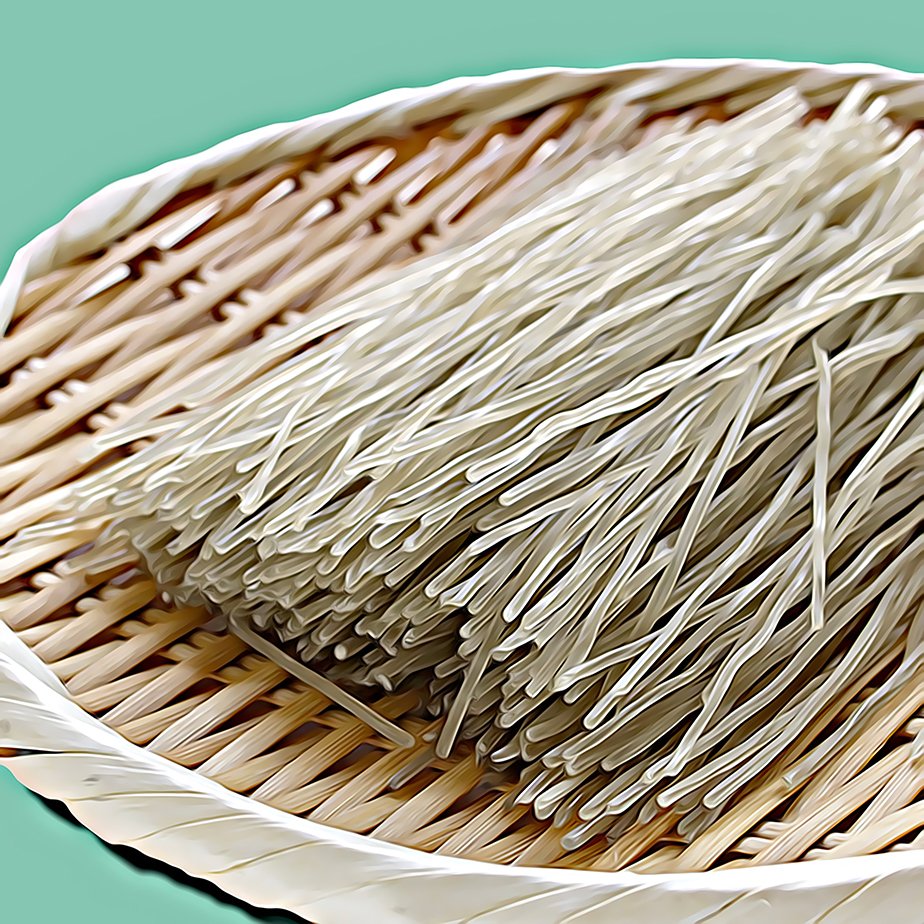Cumin
With its warm, earthy, musky flavour, cumin is a distinctive and essential feature of many cuisines, including Latin American, Middle Eastern, North African, Indian and even regional Chinese. Used in both seed form as well as ground, it traces all the way back to ancient Egypt when it was an ingredient in the mummification process. Originally cultivated in Iran and the Mediterranean region, cumin has travelled far and wide, leaving its aromatic footprint in kitchens across the globe. It’s used in Mexico thanks to Portuguese and Spanish colonists, in an interesting example of culinary influence running the OTHER way (we’re used to talking about how tomatoes, corn, chocolate, potatoes, avocado and other fruits and vegetables migrated from South America to Europe. The Spanish also introduced spices like cinnamon, black pepper and cloves to Mexico, FYI).
Like caraway, cumin is from a plant that’s related to parsley. Cumin seeds also look very much like caraway seeds, and if you’re anything like us, you’ll have mixed them up in a recipe somewhere along the line. Which can lead to hugely disappointing outcomes; they couldn’t be more different.
Culinary Uses
Cumin seeds are used either whole or ground, each offering a unique flavour profile to dishes. Whole seeds are often toasted before use to really open up their rich, complex aroma and deepen flavour. To toast cumin seeds, you simply heat them in a small, dry frypan over medium-low heat for a few minutes until they become fragrant, shaking the pan often so you don’t burn them. This step is crucial when using cumin in Indian and Middle Eastern cuisine, as it unlocks the full potential of the spice. You can then use them whole, or grind them using a mortar and pestle or electric spice grinder. You’ll notice the flavour is way more intense than if you use un-toasted, pre-ground cumin.
Not that that doesn’t have its place. Ground cumin is more convenient and easier to incorporate into recipes, adding depth and richness to all kinds of dishes. In storage, ground cumin loses its flavour faster than whole seeds, so it's best to store it in an airtight container away from heat and sunlight and buy a fresh batch after six months as it will be stale by then. Whole seeds will retain their potency for up to two years, especially if you toast them before use.
Famous Dishes
Cumin plays a starring role in many iconic dishes around the world. In Latin American and Tex-Mex cuisine, it flavours classics like chilli con carne, moles (a family of elaborate, rich sauces), enchiladas and tamales, adding depth and a fragrant complexity. In Middle Eastern and North African cuisine, cumin is a key ingredient in falafel, hummus, and spice blends like ras el hanout, berbere and baharat. Moroccans make a cumin-flavoured salt mix to sprinkle over their roast lamb at the table. In Indian cuisine, cumin is a fundamental spice in many curry powders and spice mixes like garam masala, plus in all manner of dishes like jeera rice (‘jeera’ means cumin in Hindi and Urdu), jeera aloo (cumin potatoes), soups and even flatbreads, beverages and biscuits. The Dutch use cumin seed to flavour their Leyden cheese, while in Greece, it’s put into baked meatballs called soutzoukakia. Cumin is even something of a feature in Andalusian cooking, thanks to the Moorish influence in Southern Spain; it turns up in vegetable dishes such as espinacas con garbanzos, where spinach cooks with chickpeas. Intriguing!
Fun Facts
During the Middle Ages, it was believed that cumin kept chickens and lovers from wandering, and it was also thought to guarantee a happy married life if a bride and groom carried cumin seed throughout their wedding ceremony. (If you’re about to get married, please try this and report back in 25 years!)
Like many spices and herbs, cumin is rich in antioxidants and vitamins and is used in various cultures for a variety of healthy reasons; aiding digestion, boosting immunity and reducing inflammation, to name a few. In Ayurvedic medicine it’s consumed in a tea to treat everything from sore throats, arthritis and to generally detoxify the body.






